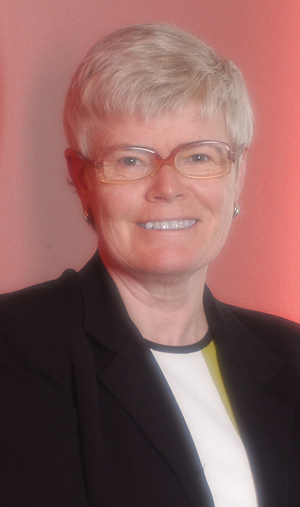A proposed new legal education body that would see the Law Society of Upper Canada and the Ontario Bar Association join forces has some benchers fearing higher prices and less choice for lawyers facing mandatory continuing professional development.

But benchers leading the charge for the new organization, Legal Education Ontario, say it will actually bring prices down by eliminating duplication between two of the largest providers in the province.
After the OBA approached the law society with the idea, the two organizations set up a joint committee to study it.
In an assessment report presented to Convocation last week, the committee suggested the formation of Legal Education Ontario, an independent organization that will bring together continuing professional development programming and products currently offered by the OBA and the law society.
The proposal includes substantive programming, publications, and practice management supports.
The report, which will come back to Convocation later in the year, proposes that the OBA and the LSUC each contribute $400,000 in startup fees and request $400,000 more in grants from the Law Foundation of Ontario.
“LEO will become the hub of legal professional development services throughout Ontario,” according to the report.
That prospect worries Bencher Gary Gottlieb, who fears low-income lawyers will be forgotten if the law society stops providing its own continuing legal education.
“Many lawyers, including solo practitioners and small-firm lawyers, face economic barriers to CLE,” he said. “The law society is very reasonably priced when you compare it to some other organizations.
The [Canadian Bar Association] has been after the law society for years to get out of the business of providing education to its members to avoid the competition.”
But Susan McGrath, one of three benchers on the joint committee, insisted lawyers would benefit from eliminating the competition between providers.
“What we’re hoping to do is eliminate those financial barriers by combining our resources,” she said. “It will be a non-profit organization and it is designed to deliver services at the most reasonable cost possible.”
McGrath noted that consolidating the professional development arms of both organizations would help fill the gaps in areas of law that get little attention. Meanwhile, some services will remain separate from the new body, such as section-specific activities in the OBA and the LSUC’s practice management helpline, which aims to keep lawyers in line with law society rules and bylaws.
The group envisions an online, one-stop resource centre that will make it easier for lawyers to find the right courses and increase the likelihood they’ll meet their requirements.
Larry Banack, another bencher on the joint committee, said the legal education system needs a dedicated infrastructure now that the law society has mandated continuing professional development.
“As a regulator, we have an obligation to continue to be diligent in developing and monitoring our competence mandate and ensuring that lawyers and paralegals proactively maintain and enhance their skills. This is not something the law society can continue to provide as an ancillary activity.”
Studies commissioned by the LSUC show lawyers struggle with the idea that the law society does more than discipline their errant colleagues, which means they sometimes miss or ignore any additional supports.
“High-quality resources produced by the law society that assist with needs and challenges are not being utilized,” the report concluded.
The new organization will solve that problem and also address the perceived conflict between the LSUC’s disciplinary and support roles by separating the two functions, according to Banack.
Seymour Epstein, a bencher who runs his own continuing education company that operates in the United States and Canada, warned the new organization has the potential to stifle competition, which, in his experience, results in higher prices.
“Jurisdictions where regulators stay out of the field are the ones where we have seen the price drop and quality go up more rapidly,” he said.
“In jurisdictions where the regulator is involved, there isn’t a lot of competition. What tends to happen is competitors realize they’re fighting a big guy, and they’re better sending their money elsewhere.”
Bencher Bonnie Tough expressed concern that other groups that provide legal education, such as The Advocates’ Society and Osgoode Professional Development, could find themselves squeezed out of the market by a merger of two of the biggest players.
“I’m particularly concerned about law schools because this is a money-maker for them at a time when law schools need the money,” she said.
But Banack, in dismissing those concerns, emphasized the infancy of the project. He noted other providers are aware of the proposal and are welcome to join it at a later stage. “Nobody is seeking a monopoly,” he said.
“By the time the proposal is fleshed out, in fact it will have the support of other providers. That’s my prediction. I don’t think we’re going to have the confrontation some of you fear in a turf-war sense.”

 But benchers leading the charge for the new organization, Legal Education Ontario, say it will actually bring prices down by eliminating duplication between two of the largest providers in the province.
But benchers leading the charge for the new organization, Legal Education Ontario, say it will actually bring prices down by eliminating duplication between two of the largest providers in the province.